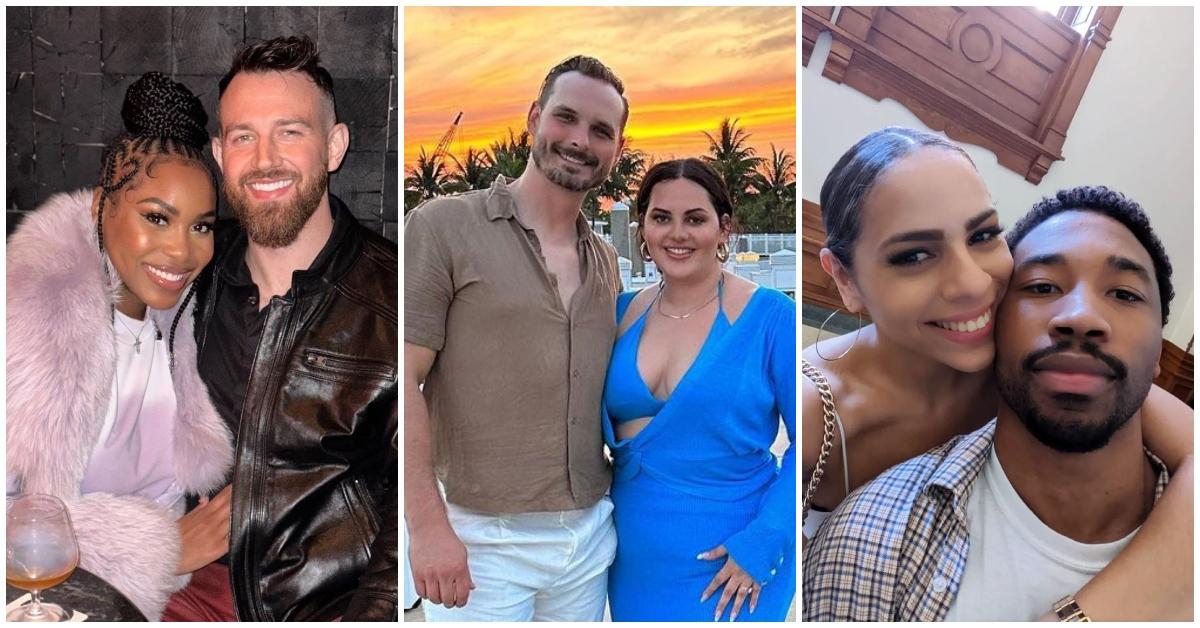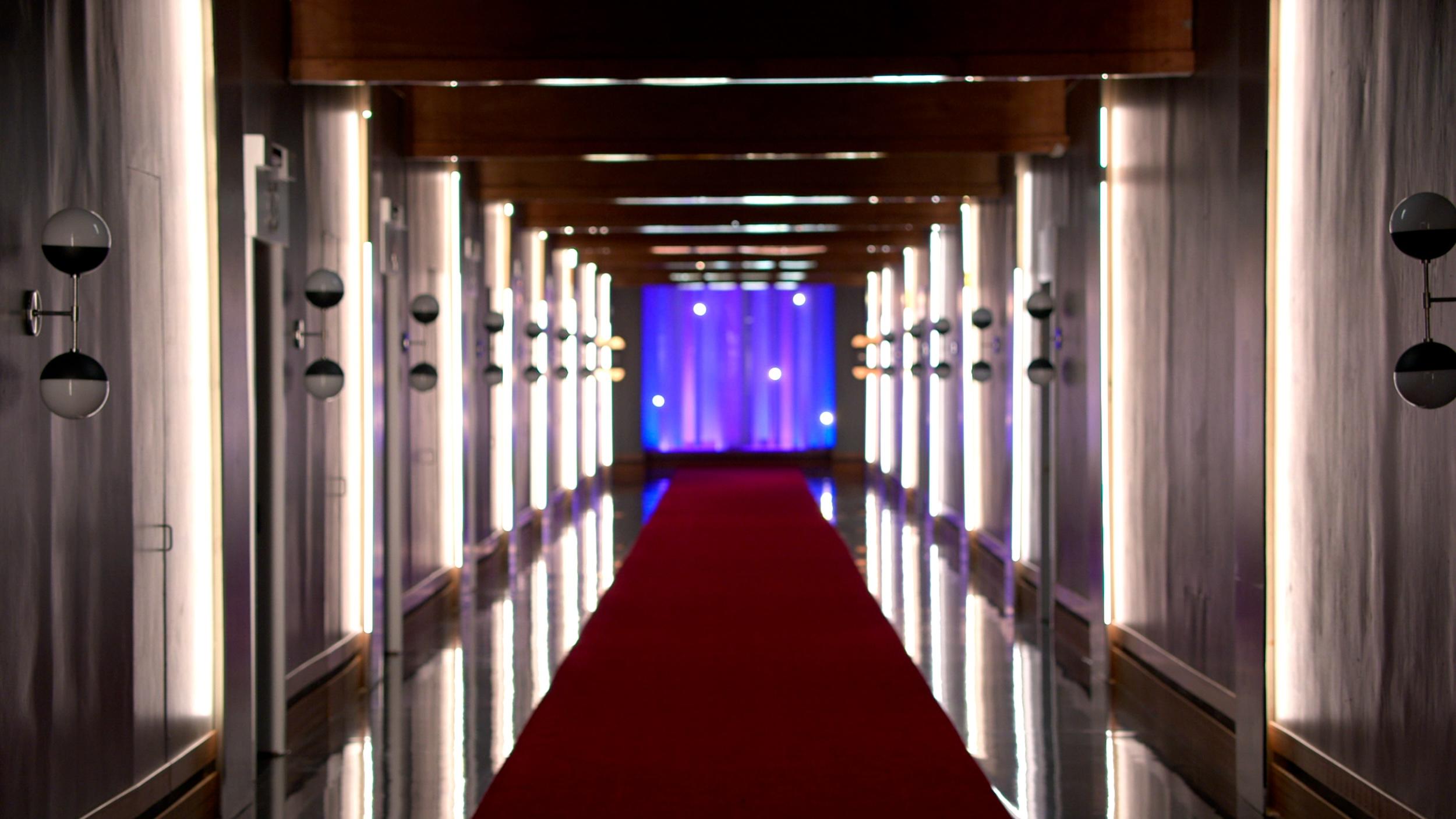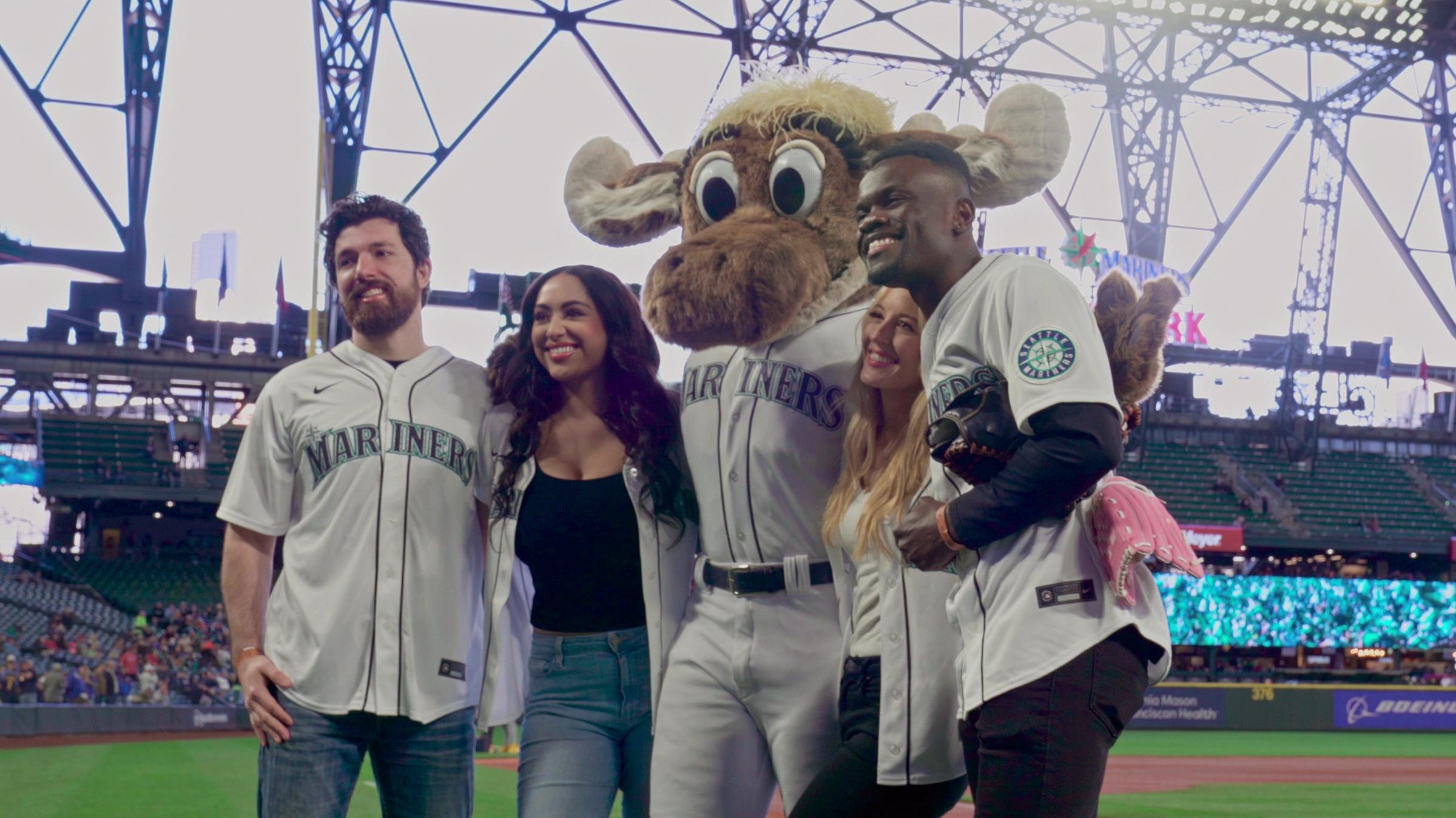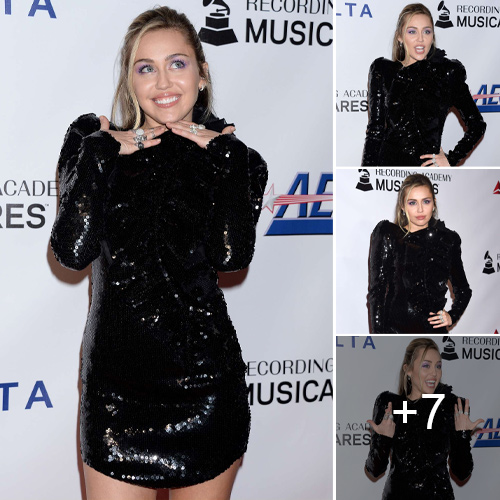The popular Netflix reality series “Love Is Blind” has captivated audiences worldwide with its unique premise – pairing up singles who connect emotionally before ever laying eyes on one another. The show’s tagline, “love is blind,” promises a revolutionary approach to finding lasting romance. But just how effective is this unconventional method in generating successful, long-term relationships?

As the series has progressed through multiple seasons, a closer examination of the participants’ outcomes reveals some intriguing insights into the viability of “Love Is Blind’s” matchmaking formula.
“The show’s core premise is certainly a bold one,” says relationship expert, Dr. Emma Sinclair. “Removing physical attraction from the equation and asking people to form deep emotional bonds before meeting in person is a radical departure from traditional dating norms. The big question is whether this approach can truly lead to sustainable, fulfilling partnerships.”

A dive into the show’s track record suggests a mixed bag of results. Of the 30 couples who have made it to the altar over the course of the series, only about half have ultimately said “I do” and gone on to maintain their marriages.
“It’s a surprisingly low success rate, all things considered,” comments relationship therapist, Michael Thompson. “One would expect the ‘blind’ aspect of the show to foster more genuine, holistic connections. But the data suggests that physical compatibility and real-world chemistry still play a pivotal role in determining long-term relationship viability.”

However, it’s important to note that even among the couples who have chosen not to marry, some have continued their relationships outside the confines of the show. And for those who have tied the knot, the journey has not been without its challenges, as the transition from virtual intimacy to in-person dynamics can prove daunting.
“‘Love Is Blind’ puts immense pressure on its participants to make life-altering decisions in a condensed timeframe,” adds Sinclair. “The emotional and logistical hurdles they face post-engagement are significant, and it’s a testament to the resilience of the successful couples that they’ve managed to overcome those obstacles.”

Ultimately, the mixed success rate of “Love Is Blind” suggests that while the show’s premise holds merit in its effort to cultivate more meaningful connections, the reality of sustaining long-term relationships requires a delicate balance of emotional, physical, and practical compatibility.
“The show has undoubtedly sparked important conversations about the nature of love and attraction,” concludes Thompson. “But its limitations in generating consistently successful matches also highlight the complexities of human relationships. Perhaps the true lesson is that there is no one-size-fits-all approach to finding lasting love – it’s a nuanced, highly personal journey for each individual.”
As “Love Is Blind” continues to captivate audiences, the ongoing examination of its success rate serves as a thought-provoking exploration of the evolving landscape of modern romance and the enduring quest for genuine, fulfilling connections.



